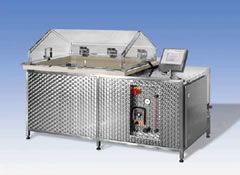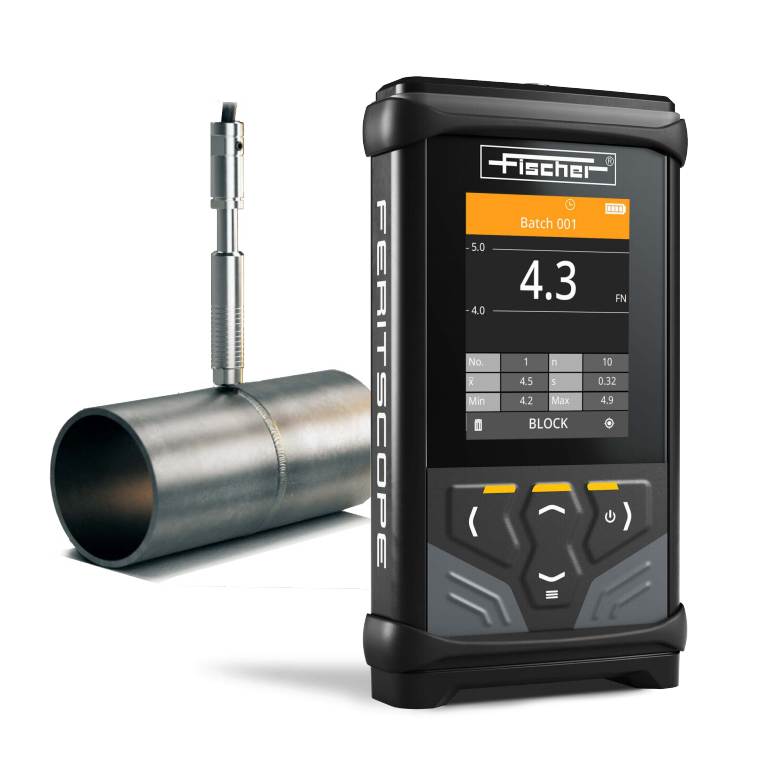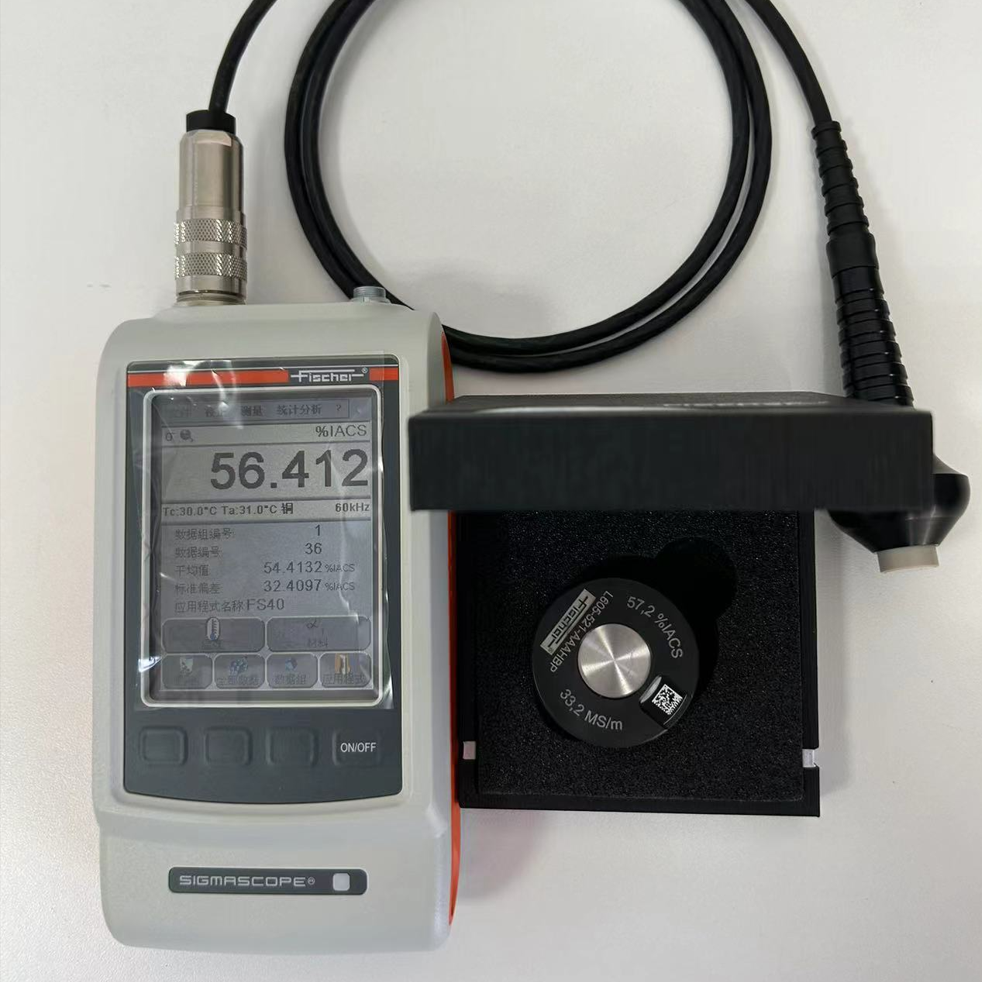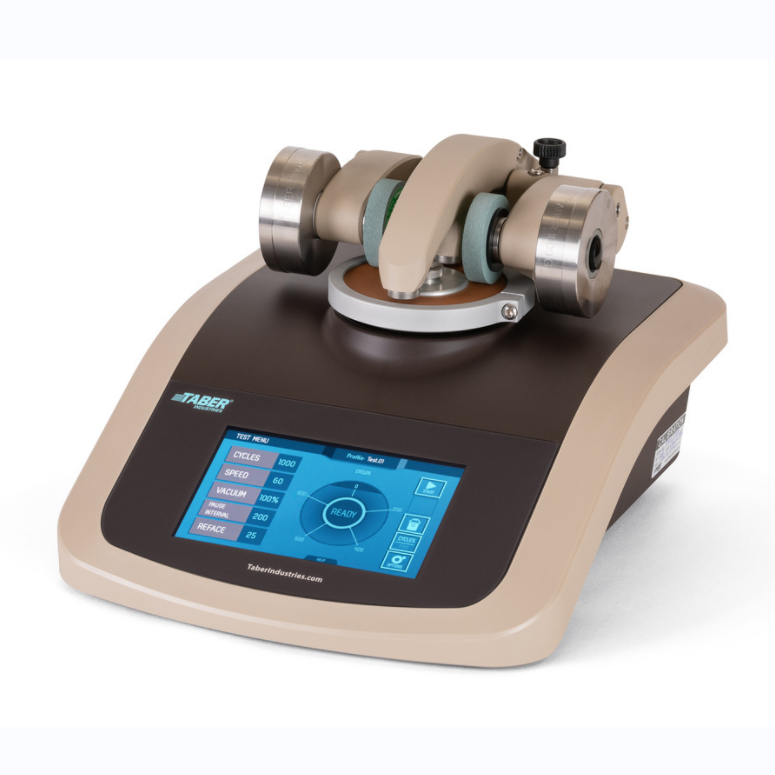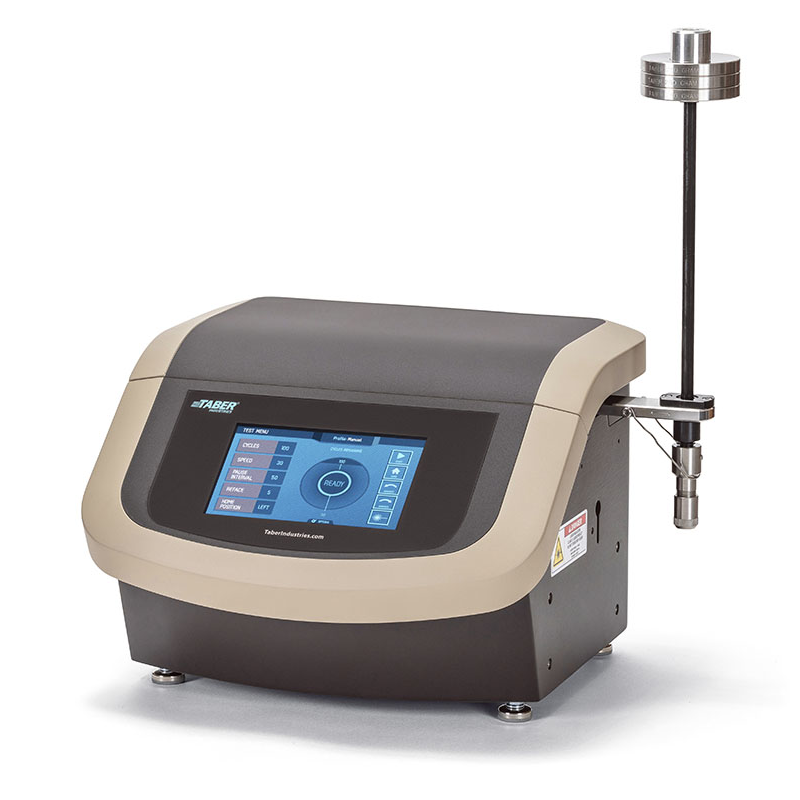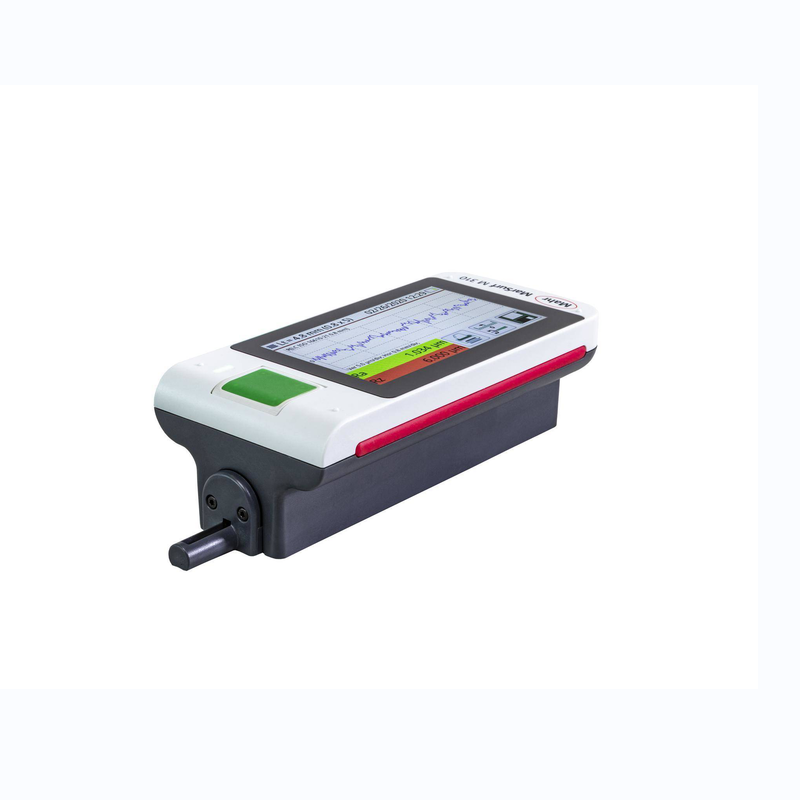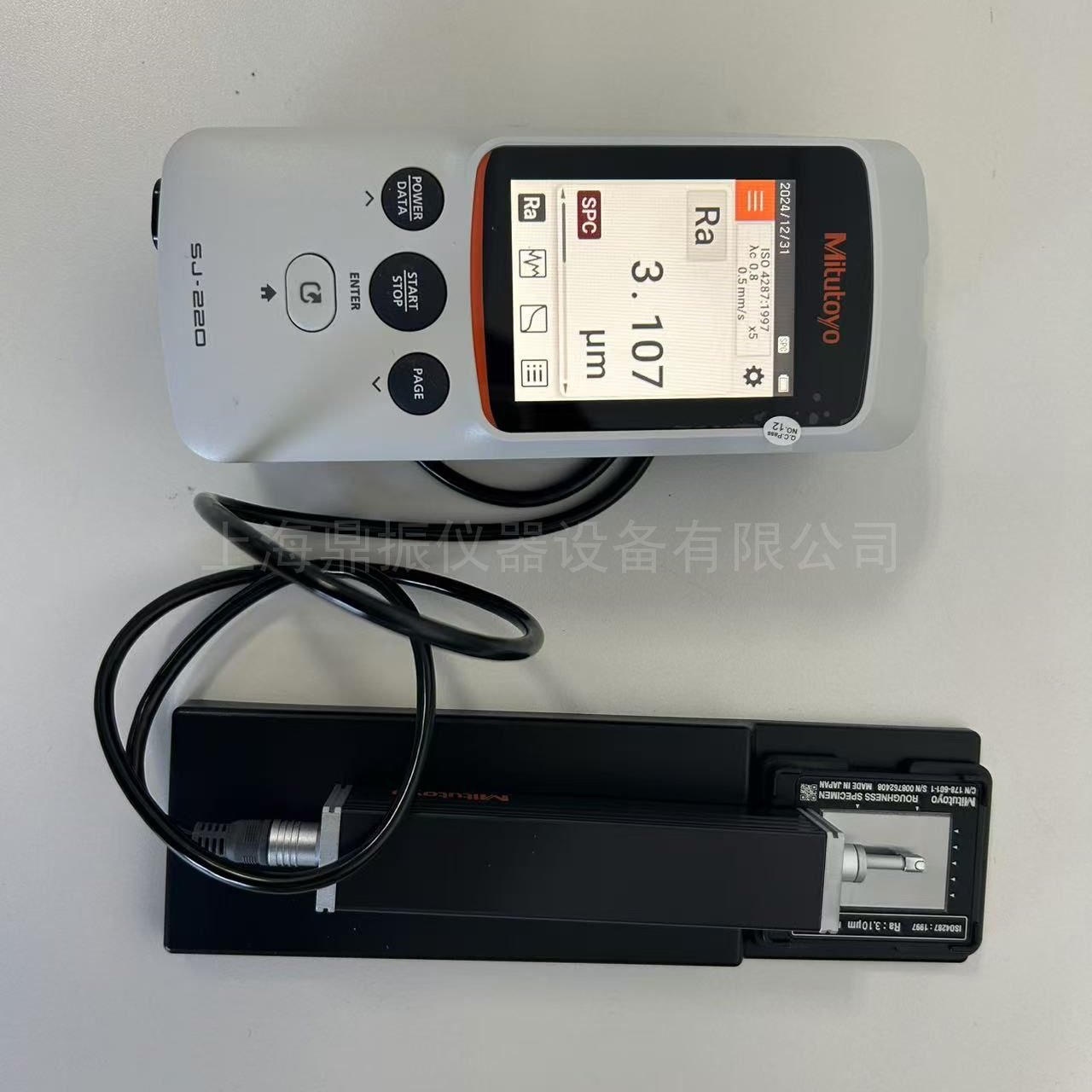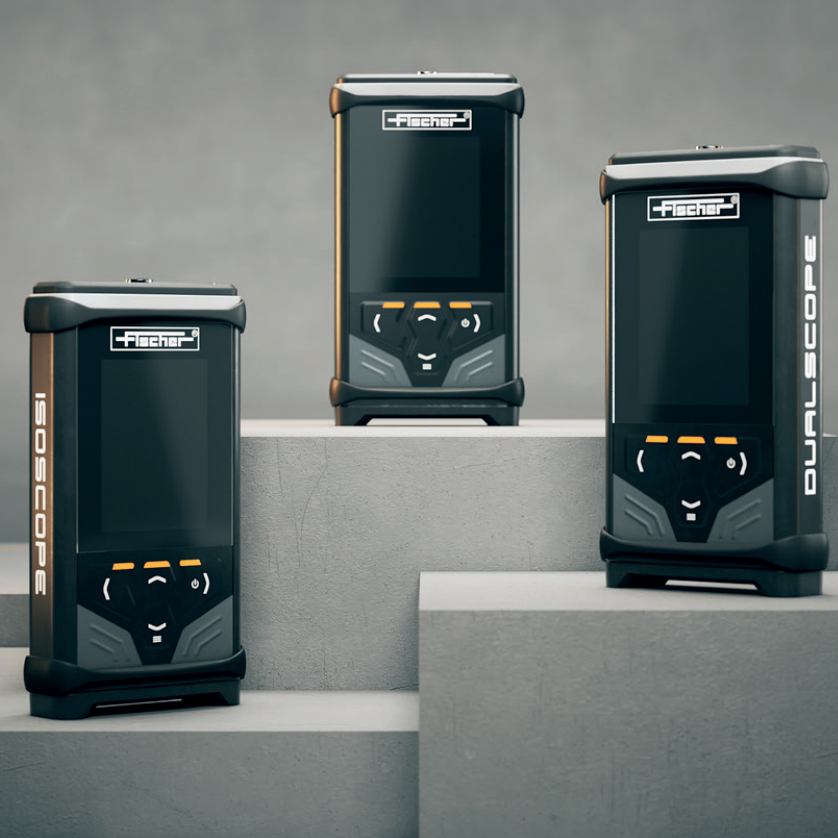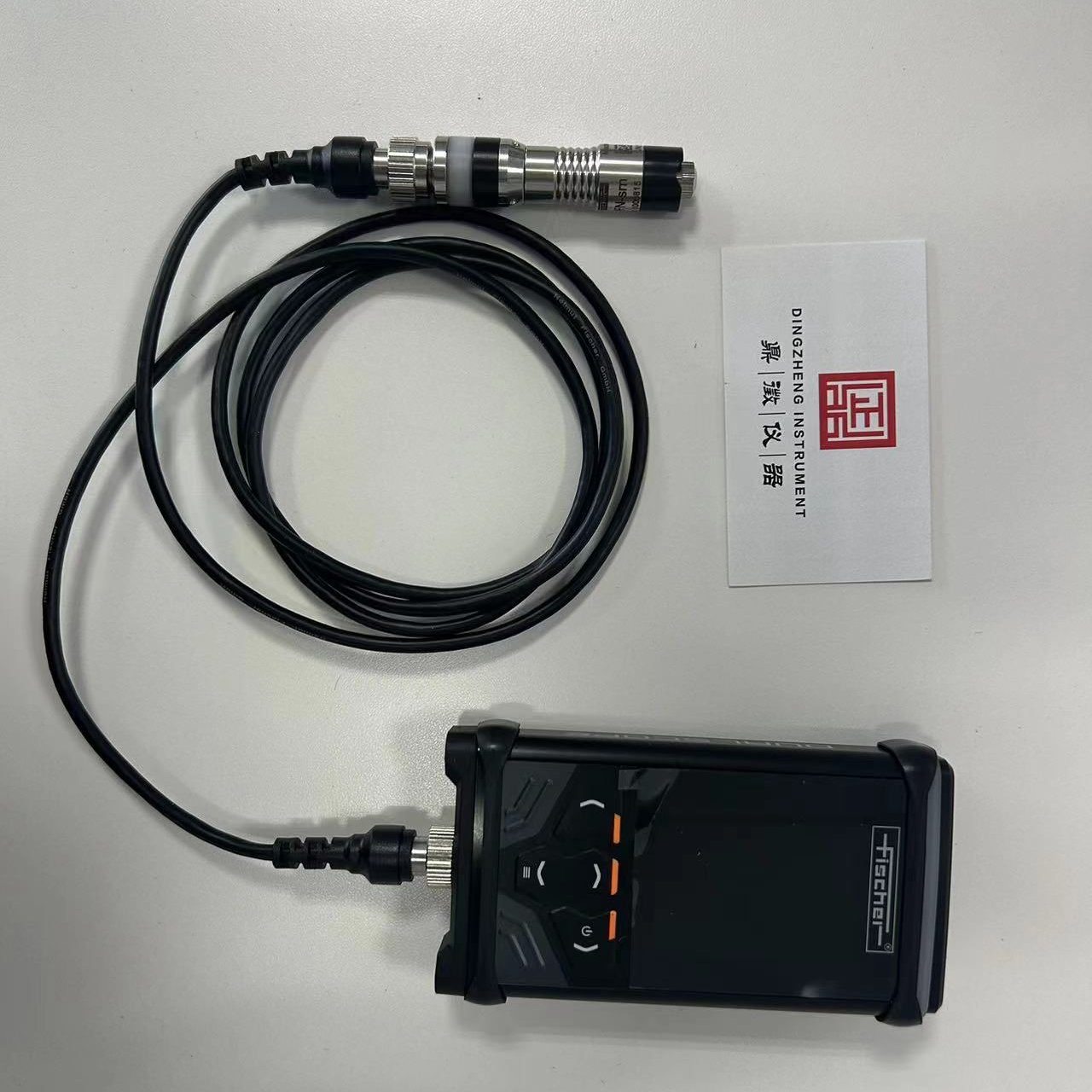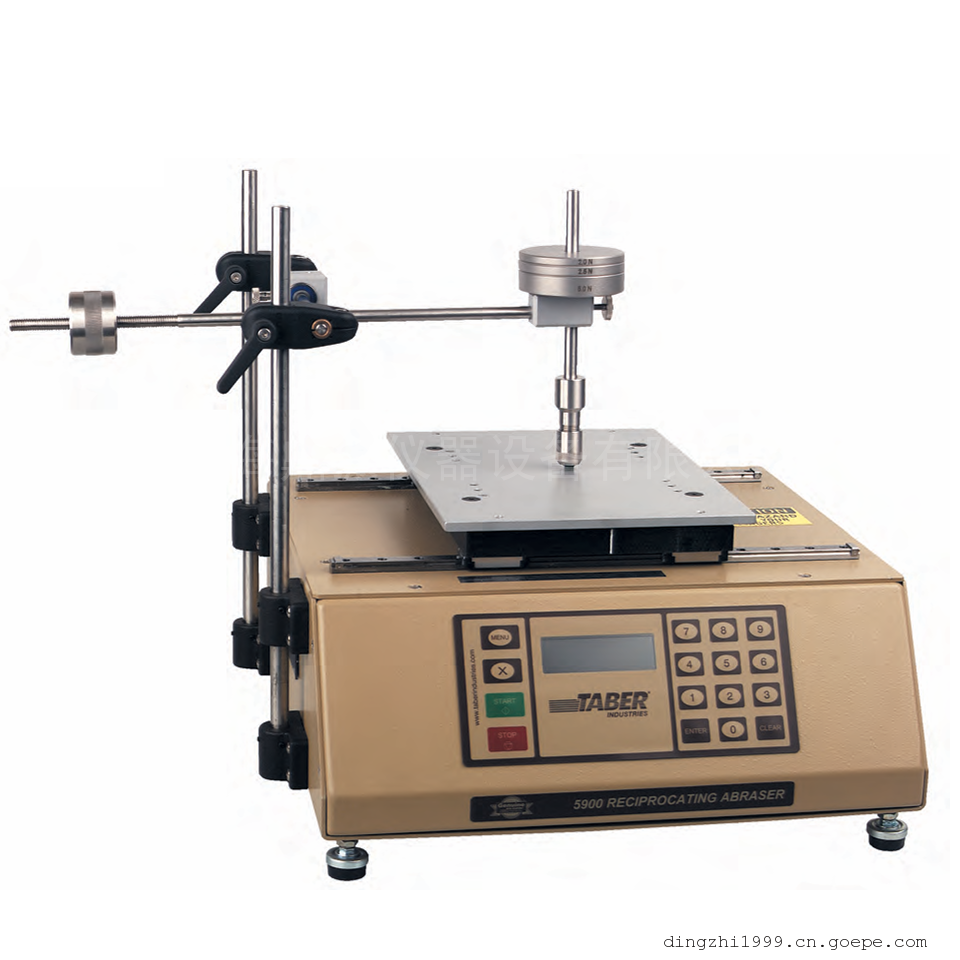- 技术文章
PV1208循环喷雾试验(SWAAT)
2017-09-09 10:54:00 来源:上海鼎徵仪器仪表设备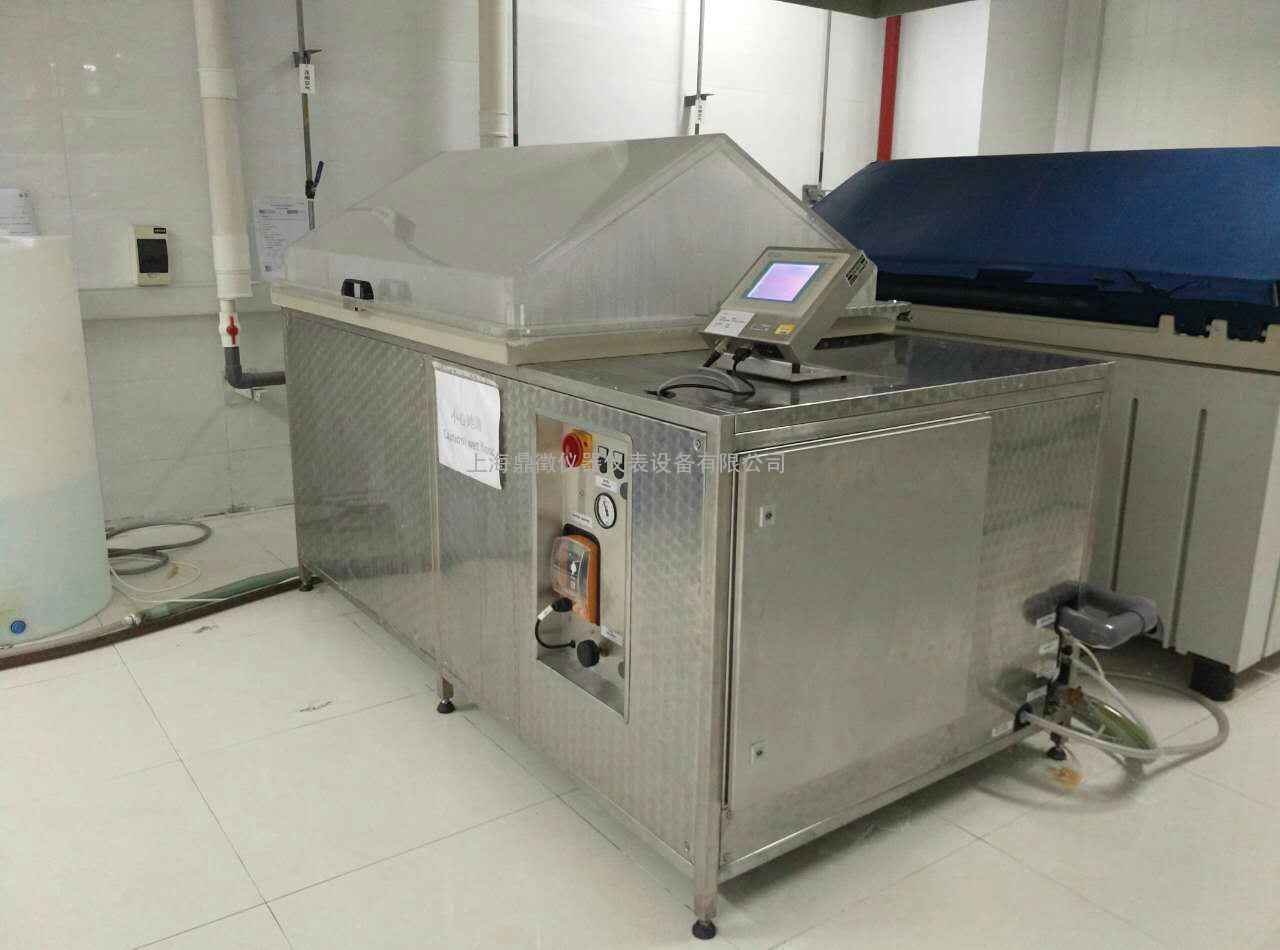
Descriptors: heat exchanger, condenser, evaporator, radiator, water cooler, oil cooler,
charge air cooler, aluminum, corrosion, SWAAT
Changes
The following changes have been made as compared to Test Specification PV 1208, 1996-01:
Standard restructured
Title changed
Scope expanded
Evaluation intervals changed
Referenced standards updated
1 Scope
This Test Specification describes a procedure for evaluating the corrosion resistance of heat exchangers (e.g., condensers, evaporators and water, oil and charge air coolers), and other components made of aluminum alloys.本试验规范描述了评价热交换器耐腐蚀性的程序(例如冷凝器、蒸发器和水、油和充气空气冷却器)以及其他由铝合金制成的部件。
2 Designation
SWAAT test according to PV 1208
3 Requirement
The components must withstand the required testing without leakage.
The brazed joints, e.g., between flat tube and cooling fin, must have no separations over large areas. Slight selective corrosion of the filler metal is permissible.
Uniform surface erosion and shallow pit corrosion with a low corrosion depth (< 30% of the material thickness) are permitted; however, pitting and other corrosion types such as intercrystalline corrosion on fluid- or gas-bearing parts are not.
The required cycles are to be taken from the Technical Supply Specifications and/or drawings for the individual components.
In principle, the components are inspected with the bright or passivated finish.
The required minimum for complete testing is 5 parts.
组件必须经受住所需的测试而不泄漏。
钎焊接头,例如扁平管和冷却翅片之间,必须在大面积上不分离。允许对填料进行轻微的选择性腐蚀。 均匀的表面侵蚀和低腐蚀深度浅点蚀(<材料厚度30%)是允许的;然而,点蚀等腐蚀类型如晶间腐蚀流体或气体轴承零件不。所需的周期是从技术供应规格和/或图纸的各个组成部分。 原则上,这些部件经过光亮或钝化处理。 完成测试所需*低限度是5个部分。4 Testing
4.1 Procedure
The procedure is an accelerated corrosion test with a cyclically sprayed aqueous acetic acid sodium chloride solution as the corrosive medium. It is known as the “Sea Water Acetic Acid Test”. The test is carried out in a test chamber according to DIN 50021 on finished parts and evaluated under a microscope using transverse metallographic microsections. The heat exchangers are subsequently tested for leak tightness. The corrosion load occurs in principle from the outside. A simultaneous pressure load is not performed during the test.该程序是用循环喷射的醋酸氯化钠溶液作为腐蚀介质进行加速腐蚀试验。它被称为“海水醋酸试验”。进行测试,在试验室根据DIN 50021对成品进行显微镜下采用横向金相磨片。随后对换热器进行了气密性试验。腐蚀负荷在原则上是从外部产生的。试验期间不执行同步压力负荷。
4.2 Leak tightness test
Prior to the corrosion test, the components must be tested for leak tightness. All open connections must be sealed prior to the corrosion test (e.g., using rubber plugs or plastic caps).在进行腐蚀试验之前,必须对部件进行气密性试验。所有打开的连接必须在腐蚀试验之前密封(例如,使用橡胶塞或塑料盖)。
4.3 Test solution
The test solution is made from analytically pure table salt (NaCI, purity grade according to German Pharmacopoeia DAB 7), de-ionized or distilled water and acetic acid (purity grade according to DAB 7). For preparation, 42 g NaCI and 10 ml anhydrous acetic acid per liter of solution are used. The pH level of the solution is adjusted with NaOH (purity grade according to DAB 7) so that both the spray solution and the collected condensate have a pH level of 2.8 to 3.0. The measurement is performed electrometrically at (25 ± 2) °C with a glass electrode.测试溶液是由分析纯食盐(NaCI,纯度等级根据德国药典DAB 7)、去离子水或蒸馏水和乙酸(纯度等级根据DAB 7)。制备、NaCI 42克和10毫升无水乙酸每升溶液中使用。溶液的pH值用NaOH(根据DAB 7的纯度分级)调节,使喷雾溶液和收集的冷凝液的pH值为2.8至3。进行测量电势滴定来在(25±2)°C用玻璃电极。
4.1 Test temperature
During the test, the temperature in the usable space of the closed test chamber must be (50 ± 1) °C.在试验期间,密闭试验箱可用空间的温度必须为(50±1)°C。
4.2 Test cycle
During a test cycle, the test solution is sprayed for 30 min and subsequently not sprayed for
90 min. If no test fluid is being sprayed, the floor of the test chamber must be completely covered with water. This test cycle is repeated 12 times per day.在测试周期内,将试液喷洒30分钟,然后不喷涂。 90分钟。如果没有测试流体被喷涂,测试室的地板必须完全被水覆盖。这个测试周期每天重复12次。
4.3 Positioning the components in the test chamber
The parts are placed in the test chambers in as-installed position (similar to operating condition). If the components are placed vertically in the vehicle, they shall be set tilted 70° to 80° from the horizontal during the test.各部件作为安装位置放置在试验箱中(类似于操作条件)。如果组件垂直放置在车辆中,则应在测试期间从水平方向倾斜70°到80°。
-
 上海鼎振仪器设备有限公司
上海鼎振仪器设备有限公司咨询热线 13472521719 内容声明:谷瀑为第三方平台及互联网信息服务提供者,谷瀑(含网站、客户端等)所展示的商品/服务的标题、价格、详情等信息内容系由店铺经营者发布,其真实性、准确性和合法性均由店铺经营者负责。谷瀑提醒您购买商品/服务前注意谨慎核实,如您对商品/服务的标题、价格、详情等任何信息有任何疑问的,请在购买前通过谷瀑与店铺经营者沟通确认;谷瀑上存在海量店铺,如您发现店铺内有任何违法/侵权信息,请在谷瀑首页底栏投诉通道进行投诉。上海鼎振仪器设备有限公司 电话:021-32535039 手机:13472521719 地址: 上海市嘉定区德富路1198号803室太湖世家国际大厦
 扫一扫,手机浏览
扫一扫,手机浏览